Finding Your Signature Style Made Simple: The 3-Step Formula for Timeless Men’s Fashion
Most men stand in front of their closet every morning facing the same problem: they have plenty of clothes but nothing that truly represents who they are. A signature style is simply a consistent approach to dressing that reflects a man’s personality while making daily outfit choices effortless. The challenge isn’t finding expensive designer pieces or following every trend that comes along.
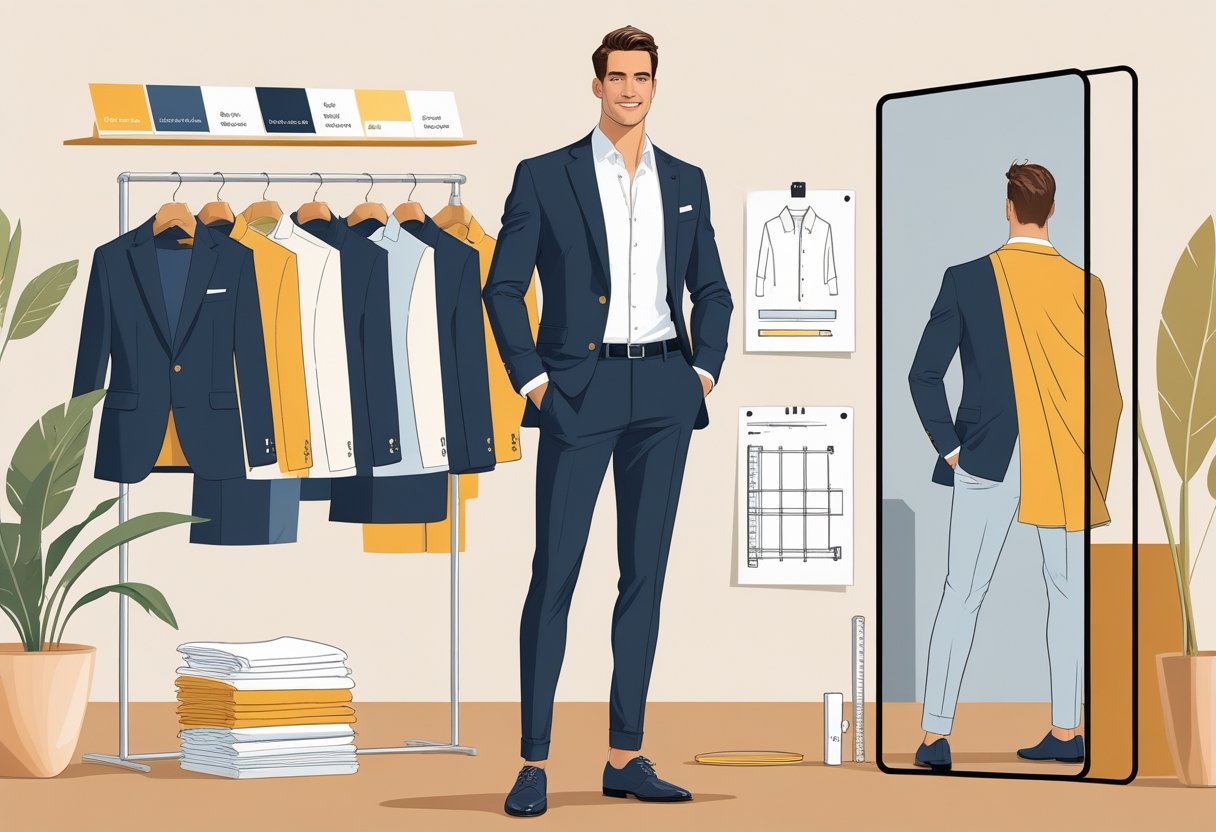
Developing a signature style becomes much simpler when men understand their personal preferences and build around timeless foundations. Rather than chasing fleeting fashion moments, smart dressing focuses on quality basics that work together seamlessly. This approach saves time, money, and the daily stress of wondering what to wear.
The process breaks down into three clear steps that any man can follow, regardless of his budget or current wardrobe. From understanding body type and personal preferences to selecting versatile pieces that transition from casual to formal settings, building a signature style becomes straightforward when men know what to focus on. The result is a wardrobe that works harder and makes him look put-together every day.
Key Takeaways
- A signature style eliminates daily clothing decisions by creating a consistent approach to dressing
- Building around timeless basics costs less than chasing trends while delivering better long-term results
- The right accessories and attention to fit can transform simple outfits into polished looks
Understanding the Importance of a Signature Style
A signature style serves as a man’s visual identity and simplifies daily clothing decisions. It builds confidence while helping others recognize his personality and values through consistent clothing choices.
The Benefits of Identifying Your Signature Look
Men who develop a signature style save time and money on clothing decisions. They no longer waste hours wondering what to wear each morning. Instead, they reach for pieces that fit their established look.
A consistent dressing style for men creates a professional advantage. Colleagues and clients remember men who dress with intention. This recognition can lead to better career opportunities and stronger business relationships.
Shopping becomes more focused when a man knows his style. He avoids impulse purchases that don’t fit his wardrobe. This targeted approach reduces closet clutter and maximizes outfit combinations.
Key shopping benefits include:
- Fewer clothing mistakes
- Better cost per wear on items
- Easier outfit coordination
- Less decision fatigue
Men with signature styles also project reliability. Others see them as organized and thoughtful. This perception extends beyond clothing into professional and personal interactions.
How Personal Style Reflects Confidence and Character
Personal style communicates a man’s values before he speaks. Conservative styles suggest traditional values. Bold patterns might indicate creativity or risk-taking tendencies.
Confidence grows when men wear clothes that feel authentic. They stand taller and speak with more authority. This confidence boost affects both personal and professional success.
Body language improves when men feel comfortable in their clothes. They make better eye contact and use more open gestures. These changes make them appear more approachable and trustworthy.
Style elements that project confidence:
- Proper fit – clothes that match body proportions
- Quality materials – fabrics that look and feel good
- Appropriate colors – shades that complement skin tone
- Attention to details – coordinated accessories and grooming
Men who ignore their appearance may seem careless about other responsibilities. A thoughtful dressing style for men shows attention to detail and respect for situations.
Common Challenges Men Face in Defining Their Style
Many men struggle with understanding basic fashion principles. They don’t know which colors work together or how clothes should fit their body type.
Social pressure creates another obstacle. Men worry about standing out or appearing too interested in fashion. This fear keeps them in safe but boring clothing choices.
Budget constraints limit experimentation. Men often buy cheap clothes that wear out quickly. They avoid investing in quality pieces that would improve their overall appearance.
Common style obstacles:
- Fear of making fashion mistakes
- Lack of basic color and fit knowledge
- Pressure to conform to group norms
- Limited budget for quality clothing
Time constraints prevent many men from developing their personal style. They grab whatever is convenient rather than planning outfits. This rushed approach leads to mismatched or inappropriate clothing choices.
Past negative experiences with shopping or dressing up can create lasting hesitation. Men may avoid trying new styles after receiving criticism or feeling uncomfortable in certain clothes.
The 3-Step Formula for Discovering Your Style
Building a signature personal style requires examining your daily needs, understanding your body type, and making strategic wardrobe choices. This systematic approach helps men create a cohesive look that works across different situations.
Step 1: Analyze Your Lifestyle and Preferences
A man’s personal style must align with his daily activities and environment. He should start by examining his go-to pieces that he wears repeatedly.
Work Requirements:
- Office dress codes (business formal, smart casual, or relaxed)
- Client-facing roles versus behind-the-scenes positions
- Travel frequency and practical needs
Personal Activities:
- Weekend plans and social events
- Exercise routines and outdoor activities
- Evening entertainment preferences
He should identify patterns in his favorite clothing items. Does he gravitate toward structured pieces like blazers? Does he prefer casual comfort with well-fitted jeans and polo shirts?
Style Preferences Exercise:
- List five outfits he feels most confident wearing
- Note common elements (colors, fits, textures)
- Define 3-5 keywords that describe his ideal look
Step 2: Assess Fit and Silhouette for Your Body Type
Proper fit transforms any outfit from average to exceptional. A man should focus on silhouettes that complement his natural proportions rather than fighting against them.
Key Fit Points:
- Shoulders should lie flat without pulling or bunching
- Sleeve length hits at the wrist bone
- Pants break appropriately at the shoe
- Chest and waist measurements allow comfortable movement
Body Type Considerations:
| Build Type | Recommended Approach |
|---|---|
| Tall/Slim | Layering pieces, textured fabrics, horizontal patterns |
| Broad/Athletic | Tailored cuts, vertical lines, structured jackets |
| Shorter Frame | Higher button stance, shorter jacket length, minimal break pants |
| Fuller Figure | Dark colors, streamlined silhouettes, quality fabrics |
He should try on multiple sizes and cuts of the same item. Different brands fit differently, so he needs to find which labels work best for his body type.
Step 3: Curate and Refine Your Core Wardrobe
Building a wardrobe with intention means selecting pieces that work together seamlessly. He should focus on quality basics that can be mixed and matched.
Essential Foundation Pieces:
- Suits: One navy, one charcoal gray
- Shirts: White dress shirt, blue dress shirt, casual button-downs
- Trousers: Dark jeans, chinos in navy and khaki
- Knitwear: Crew neck sweater, cardigan, polo shirts
- Outerwear: Blazer, casual jacket, overcoat
Color Palette Strategy: He should choose 2-3 neutral base colors and 1-2 accent colors. This creates a cohesive wardrobe where everything coordinates naturally.
Quality Over Quantity: Instead of buying many cheap items, he should invest in fewer, better-made pieces. Well-constructed clothing lasts longer and maintains its shape and appearance through regular wear.
Regular Wardrobe Audits: Every six months, he should review his closet and remove items that no longer fit his personal style or lifestyle needs.
Essential Elements of Timeless Men’s Fashion
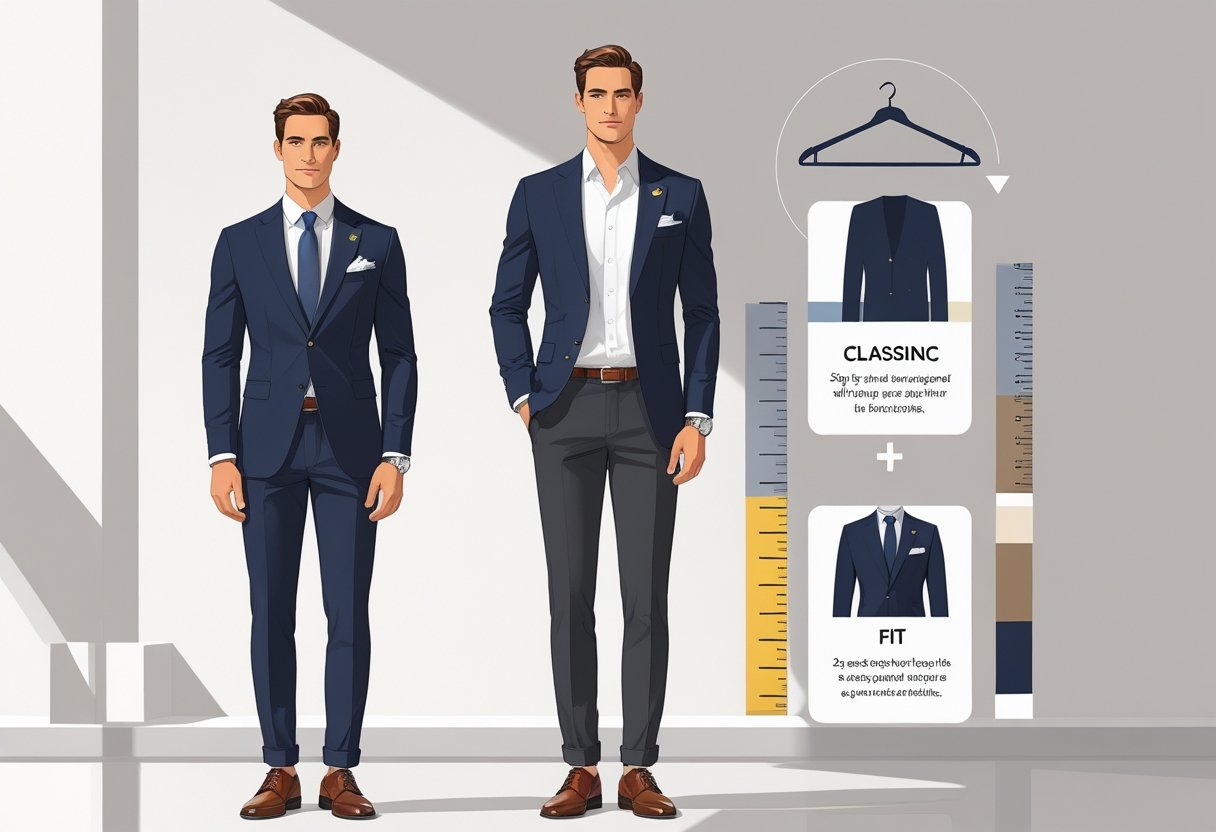
Timeless men’s fashion relies on three core principles: building a focused wardrobe of versatile pieces, prioritizing quality materials and construction, and choosing colors that work together seamlessly. These foundations create a dressing style for men that looks polished in any setting.
Building a Capsule Wardrobe with Versatile Pieces
A capsule wardrobe focuses on 30-40 carefully chosen pieces that mix and match effortlessly. Each item should serve multiple purposes and work across different occasions.
Essential pieces include:
- Blazers: Navy and charcoal options that pair with jeans or dress pants
- Dress shirts: White and light blue Oxford shirts for formal and casual wear
- Knitwear: Crew neck sweaters in neutral tones
- Bottoms: Dark jeans, chinos, and dress trousers
- Outerwear: Trench coat, leather jacket, and wool coat
The key is selecting pieces that create at least three different outfits. A navy blazer works with jeans for casual events, dress pants for business meetings, and chinos for weekend dinners.
Classic combinations like blazer with jeans remain relevant because they balance structure with comfort. This approach eliminates decision fatigue while ensuring every outfit looks intentional.
Investing in Quality over Quantity
Quality pieces last longer and look better throughout their lifespan. Well-made garments maintain their shape, color, and fit even after repeated wear and cleaning.
Quality indicators to look for:
- Fabric: Natural fibers like cotton, wool, and linen
- Construction: Reinforced seams and quality stitching
- Hardware: Metal buttons and quality zippers
- Fit: Proper tailoring that flatters body shape
A $200 wool sweater that lasts five years costs less per wear than three $50 sweaters that need replacing annually. Quality pieces also feel better against the skin and drape more naturally.
Premium materials like cotton and silk form the foundation of lasting style. These fabrics age gracefully and can be tailored for perfect fit.
Selecting a Classic Color Palette
Neutral colors create versatile wardrobes that work across seasons and occasions. A focused color palette ensures every piece coordinates with others.
Core neutral colors:
- Navy: Works as a substitute for black in most situations
- Charcoal gray: Professional and versatile
- White: Essential for shirts and casual wear
- Khaki/beige: Perfect for casual pants and outerwear
- Brown: Leather goods and casual pieces
These colors mix effortlessly without clashing. A navy blazer pairs with white shirts, gray pants, and brown shoes without any styling expertise required.
Accent colors to add sparingly:
- Burgundy for depth
- Forest green for richness
- Light blue for freshness
The 80/20 rule works well: 80% neutral colors and 20% accent colors. This creates visual interest while maintaining the flexibility that makes getting dressed simple and stress-free.
Key Dressing Styles: From Casual to Formal
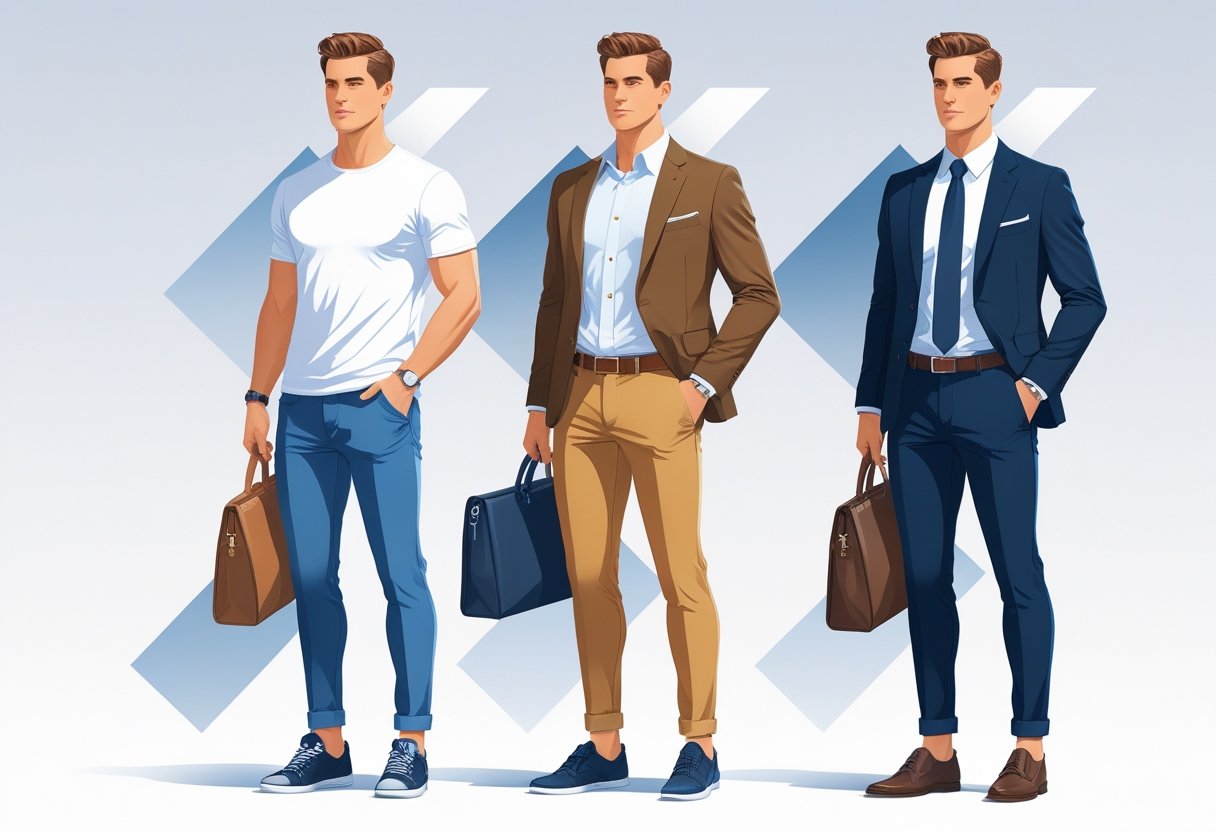
Men need different outfits for different situations. The right clothes can make a man look confident and put-together at work, parties, or formal events.
How to Style for Casual Occasions
Casual wear should be comfortable but still look neat. The key is choosing pieces that work well together without looking sloppy.
Essential Casual Pieces:
- Dark jeans or chinos
- Plain t-shirts in neutral colors
- Casual button-down shirts
- Sneakers or casual loafers
- Light sweaters or hoodies
A man can create a smart casual look by mixing casual and dressed-up pieces. Try pairing dark jeans with a button-down shirt and clean sneakers.
Color combinations that work:
- Navy and white
- Gray and black
- Khaki and navy
- Olive and cream
The fit matters more than the brand. Clothes should not be too tight or too loose. A well-fitted t-shirt and jeans look better than expensive clothes that don’t fit right.
Office and Business Attire Essentials
Professional clothes help men look serious and trustworthy at work. The dress code depends on the workplace, but some basics work everywhere.
Business Casual Must-Haves:
- Dress pants in navy, gray, or khaki
- Collared shirts (polo or button-down)
- Leather dress shoes
- Simple belt that matches the shoes
- Blazer or sport coat
For more formal offices, men need dress shirts, ties, and suits. A navy or charcoal suit works for most business situations.
Professional color rules:
- Stick to neutral colors for main pieces
- Add small pops of color with ties or pocket squares
- Black, navy, gray, and white are safe choices
- Avoid bright or flashy colors
Shoes should always be clean and polished. Brown or black leather works best for business settings.
Mastering Formal Looks with Confidence
Formal events require tailored pieces that fit perfectly. A man’s formal wardrobe should include a few key items that work for weddings, galas, or important meetings.
Formal Wardrobe Basics:
- Well-fitted suit in navy or charcoal
- White dress shirts
- Silk ties in solid colors or simple patterns
- Black or brown leather dress shoes
- Leather belt that matches the shoes
- Optional: bow tie for black-tie events
The suit should fit properly at the shoulders, waist, and length. Pants should hit just above the shoes with a slight break.
Formal styling tips:
- Always wear a tie with a suit jacket
- Pocket squares add a polished touch
- Cufflinks work for French cuff shirts
- Keep accessories simple and classic
A man who invests in quality formal pieces will always look appropriate at important events. The key is choosing classic styles that won’t go out of fashion.
Elevating Your Look with Accessories and Details
The right accessories transform a basic outfit into a polished ensemble that reflects true personal style. Smart choices in watches, belts, and shoes create visual interest while proper grooming and fit ensure every element works together seamlessly.
Choosing Timeless Accessories
A man’s accessories serve as his style signature. They communicate attention to detail and personal taste without requiring words.
Essential accessories form the foundation of any refined wardrobe:
- Watch: A quality timepiece anchors the wrist and adds sophistication
- Belt: Leather belts in black and brown complement most outfits
- Shoes: Well-made leather shoes elevate any look instantly
- Wallet: A slim leather wallet maintains clean lines in pockets
The key lies in selecting pieces that complement rather than compete. A classic leather watch with a simple face works across casual and business settings. Similarly, a well-crafted leather belt serves multiple outfits better than trendy alternatives.
Color coordination simplifies accessory selection. Match leather goods when possible – brown belt with brown shoes, black with black. This creates visual harmony without requiring extensive planning.
Quality trumps quantity in accessory selection. Three well-made pieces outperform ten mediocre ones. They last longer, look better, and develop character over time.
Mixing Textures and Patterns Tastefully
Texture and pattern mixing adds depth to outfits when done thoughtfully. The goal is creating visual interest without overwhelming the eye.
Texture combinations work best when they contrast appropriately:
| Smooth Textures | Textured Options |
|---|---|
| Cotton dress shirts | Wool sweaters |
| Silk ties | Knit ties |
| Leather shoes | Suede loafers |
| Smooth leather belts | Woven belts |
Start with one textured piece per outfit. A smooth cotton shirt pairs well with a textured wool blazer. This creates dimension without complexity.
Pattern mixing requires more restraint. Combine patterns of different scales – a thin striped shirt with a larger check blazer. Avoid competing patterns of similar sizes.
Solid colors provide visual rest between patterns. If wearing a patterned shirt and tie, choose solid trousers and jacket. This prevents visual chaos while maintaining interest.
Finishing Touches: Grooming and Fit
Perfect grooming and proper fit separate well-dressed men from those who simply own nice clothes. These details make the difference between looking put-together and looking careless.
Grooming essentials include regular haircuts, trimmed nails, and fresh breath. A well-groomed appearance signals respect for oneself and others.
Clothing fit determines how expensive or cheap an outfit appears. Properly fitted clothes look more expensive than they are. Ill-fitting expensive clothes look cheap.
Key fit points to monitor:
- Jacket shoulders should align with natural shoulder line
- Trouser length should create slight break at shoe
- Shirt collar should allow one finger space at neck
- Sleeves should show quarter-inch of shirt cuff
Professional tailoring transforms average clothes into custom-looking pieces. Even inexpensive suits look remarkable when properly altered. The investment in tailoring pays dividends in appearance and confidence.
Regular garment care extends clothing life and maintains appearance. Proper storage, cleaning, and pressing keep clothes looking fresh and professional.
Adapting to Trends While Maintaining Timelessness
The key to lasting style lies in the strategic balance between current trends and classic foundations. Men can successfully incorporate trends without losing their signature style by following the 70/30 rule: 70% timeless pieces and 30% trendy elements.
Incorporating Seasonal Updates
Seasonal updates should focus on subtle changes that enhance rather than overhaul a man’s existing wardrobe. The most effective approach involves adding small trend elements through accessories, colors, or textures.
Accessories serve as the safest entry point for trends. A man can update his look with a trendy watch strap, seasonal pocket square, or contemporary eyewear without disrupting his core style. These items cost less and can be easily replaced when trends fade.
Color integration follows the accent rule. If neon or bold colors trend, they work best as small accents – perhaps in socks, ties, or belt details. A neutral wardrobe foundation allows these seasonal pops of color to stand out without overwhelming the overall aesthetic.
Fabric choices offer another subtle update method. Incorporating trending textures like corduroy, wool blends, or technical fabrics into classic silhouettes keeps looks fresh while maintaining familiar shapes.
| Update Type | Low Risk | Medium Risk | High Risk |
|---|---|---|---|
| Accessories | Watch bands, pocket squares | Shoes, bags | Statement jewelry |
| Colors | Accent pieces | Shirts, sweaters | Suits, outerwear |
| Textures | Scarves, ties | Trousers | Blazers |
Blending Modern Trends with Classic Pieces
The art of blending requires understanding which trends complement established wardrobe staples. Balancing trends and tradition creates a personal style that feels both current and enduring.
Fit modifications represent the most impactful trend adoption. A man can update classic pieces like chinos or dress shirts by adjusting the fit slightly – perhaps choosing a more tapered leg or a slightly shorter jacket length. These changes modernize without abandoning the garment’s essential character.
Technology integration keeps classics relevant. Modern fabrics with moisture-wicking or wrinkle-resistant properties can upgrade traditional pieces like dress shirts or trousers. The functionality improves while the appearance remains timeless.
Layering techniques allow trend experimentation. A trending piece like an oversized hoodie works when layered under a classic blazer or overcoat. This approach lets men test trends while maintaining their established aesthetic framework.
Pattern mixing follows established rules. Combining a trending pattern with classic stripes or solids creates visual interest without appearing costume-like. The key lies in maintaining consistent color palettes and scale relationships between patterns.
Frequently Asked Questions
Men often struggle with building a wardrobe that works for multiple occasions while staying true to their personal style. These common questions address wardrobe foundations, personal style development, and practical strategies for creating a timeless look that incorporates modern trends without breaking the budget.
What are the foundational elements of a timeless men’s wardrobe?
A timeless men’s wardrobe starts with quality basics that work across seasons and occasions. The foundation includes well-fitted dark jeans, chinos in navy or khaki, and classic white dress shirts.
Essential outerwear pieces include a navy blazer, a wool overcoat, and a leather jacket. These items provide structure and sophistication to any outfit.
Quality footwear forms another cornerstone. Men should invest in brown leather dress shoes, white sneakers, and versatile loafers that complement multiple outfits.
Accessories like a classic watch, leather belt, and quality wallet complete the foundation. These pieces should match the overall style direction and color palette.
How can I develop a personal style that reflects my character and lifestyle?
Personal style development begins with honest self-assessment. Men should consider their daily activities, work environment, and personal preferences when defining their style identity.
Lifestyle plays a major role in style choices. A corporate professional needs different pieces than someone who works from home or in a creative field.
Men should identify what makes them feel confident and comfortable. This includes preferred fits, colors, and fabric types that align with their personality.
Observing style icons with similar body types or lifestyles provides inspiration. However, the goal is adaptation rather than direct copying.
What are the essential steps to curate a versatile wardrobe for all occasions?
Wardrobe curation starts with taking inventory of existing pieces. Men should identify gaps and determine which items serve multiple purposes.
The process involves creating outfit combinations that work for different settings. A blazer can transition from business meetings to casual dinners with simple styling changes.
Color coordination simplifies the process. Building around a neutral base of navy, gray, and brown creates more mixing opportunities.
Quality over quantity drives smart curation. Fewer, well-made pieces provide better value than numerous cheap items that wear out quickly.
Can you suggest ways to pair classic pieces for a modern 2025 look?
Modern styling involves mixing formal and casual elements. Pairing a blazer with dark jeans and clean sneakers creates a contemporary smart-casual look.
Layering adds visual interest and functionality. A sweater over a collared shirt under a blazer provides texture and depth.
Color blocking with neutrals keeps looks modern and clean. Navy blazers work well with gray trousers and white shirts for a fresh appearance.
Rolling sleeves on dress shirts and leaving blazers unbuttoned creates a more relaxed, current aesthetic. These small details make classic pieces feel fresh.
How do I maintain a signature style while incorporating current trends?
Signature style maintenance requires identifying core elements that define personal style. These elements remain consistent while accessories and details can reflect current trends.
Trends should complement rather than overwhelm the established style. A classically-dressed man might incorporate trending colors through pocket squares or ties.
Seasonal trend adoption works best through temporary pieces. Trendy t-shirts or casual shoes allow experimentation without major wardrobe overhauls.
The key is selective trend incorporation. Not every trend suits every style, and men should choose trends that align with their established aesthetic.
What are the cost-effective strategies for upgrading my fashion style?
Strategic shopping focuses on versatile pieces that work with existing wardrobe items. One quality blazer can upgrade multiple outfits immediately.
Sales and end-of-season clearances offer opportunities to buy quality pieces at reduced prices. Planning purchases around these events maximizes budget efficiency.
Proper care extends clothing lifespan and maintains appearance. Regular cleaning, proper storage, and minor repairs prevent premature replacement needs.
Gradual upgrades work better than complete wardrobe overhauls. Improving style incrementally allows for better decision-making and budget management.
Second-hand and consignment shopping provides access to quality pieces at lower prices. Many barely-worn designer items are available through these channels.
This paragraph serves as an introduction to your blog post. Begin by discussing the primary theme or topic that you plan to cover, ensuring it captures the reader’s interest from the very first sentence. Share a brief overview that highlights why this topic is important and how it can provide value. Use this space to set the tone for the rest of the article, preparing readers for the journey ahead. Keep your language approachable, yet informative, to create a strong connection.
Sometimes, the simplest moments hold the deepest wisdom. Let your thoughts settle, and clarity will find you. Use this quote space to share something inspirational or reflective, perfectly aligned with the theme of your article.
This paragraph dives deeper into the topic introduced earlier, expanding on the main idea with examples, analysis, or additional context. Use this section to elaborate on specific points, ensuring that each sentence builds on the last to maintain a cohesive flow. You can include data, anecdotes, or expert opinions to reinforce your claims. Keep your language concise but descriptive enough to keep readers engaged. This is where the substance of your article begins to take shape.


As you move toward the midpoint of the article, this paragraph provides an opportunity to connect earlier ideas with new insights. Use this space to present alternative perspectives or address potential questions readers might have. Strike a balance between depth and readability, ensuring the information remains digestible. This section can also serve as a transition to the closing points, maintaining momentum as you steer the discussion to its final stages.
Wrapping Up with Key Insights
In this concluding paragraph, summarize the key takeaways from your article, reinforcing the most important ideas discussed. Encourage readers to reflect on the insights shared, or offer actionable advice they can apply in their own lives. This is your chance to leave a lasting impression, so make sure your closing thoughts are impactful and memorable. A strong conclusion not only ties the article together but also inspires readers to engage further.
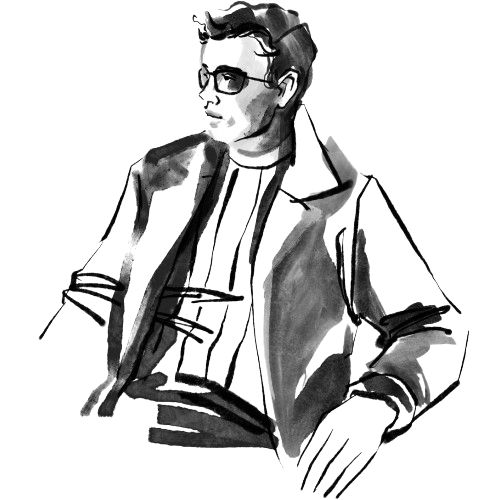
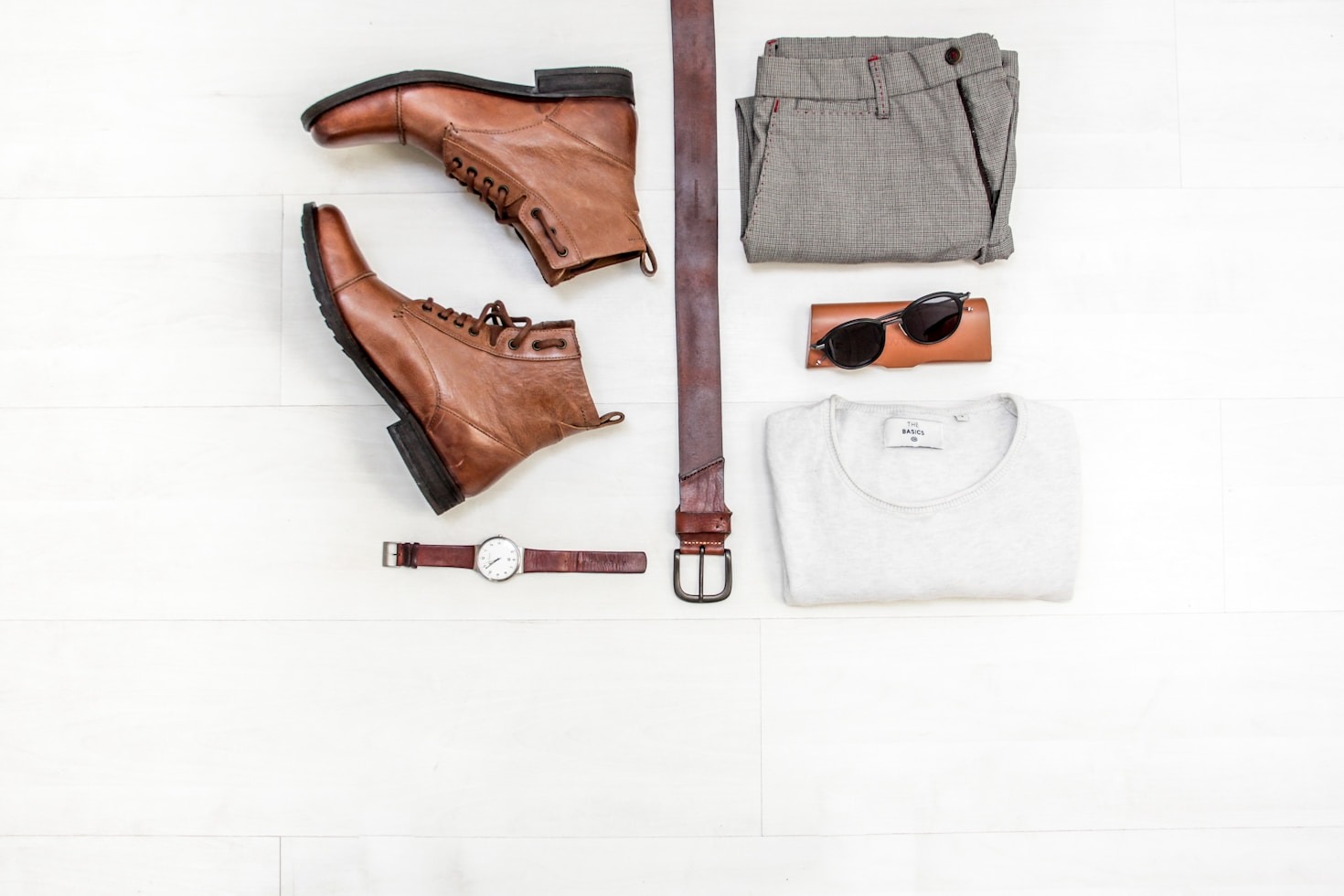
Leave a Reply